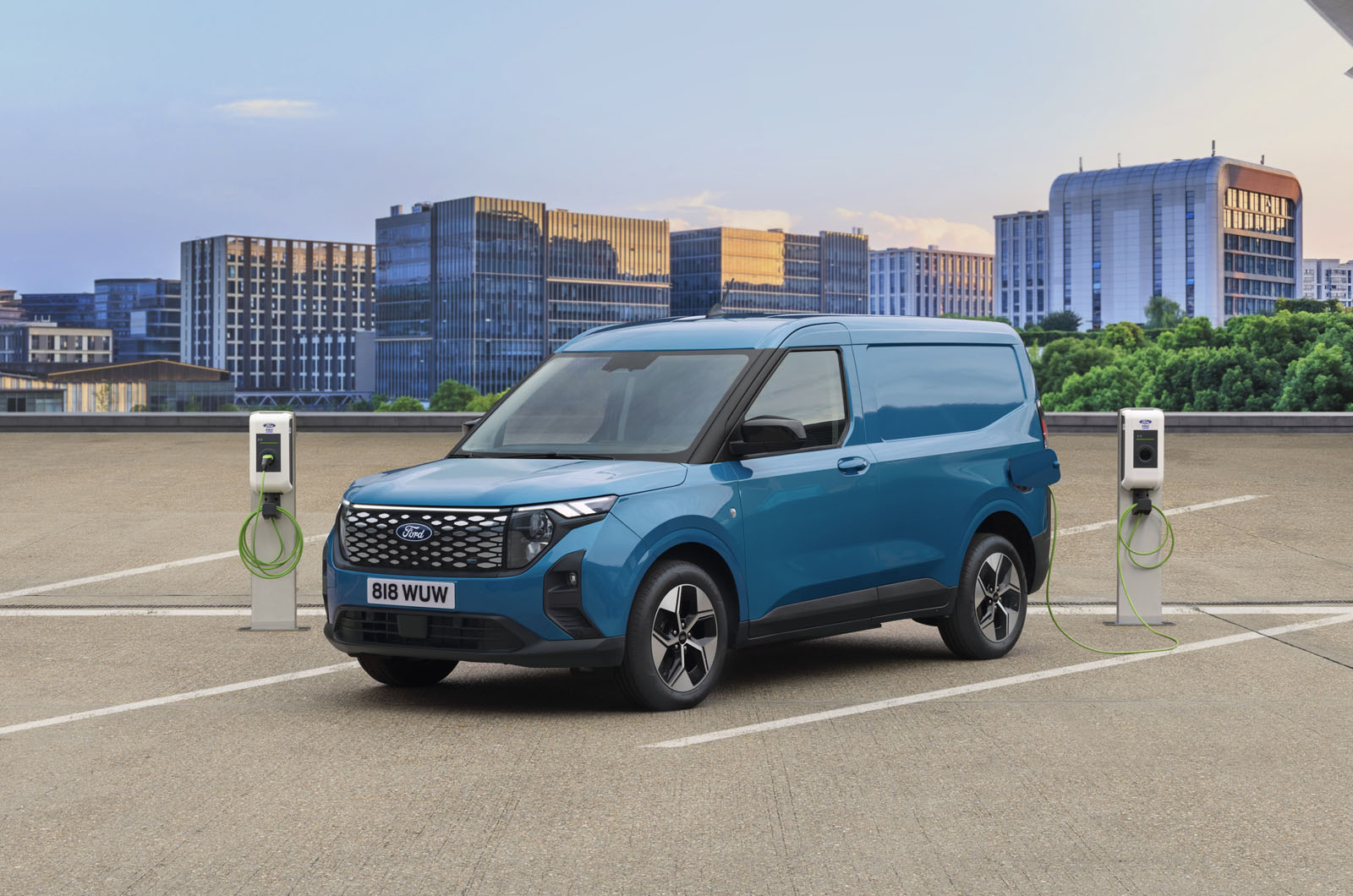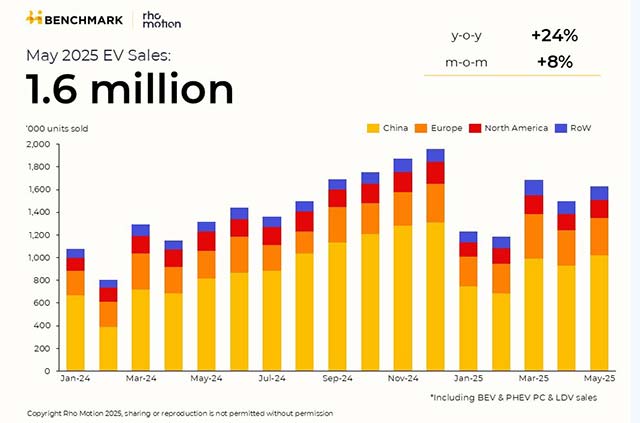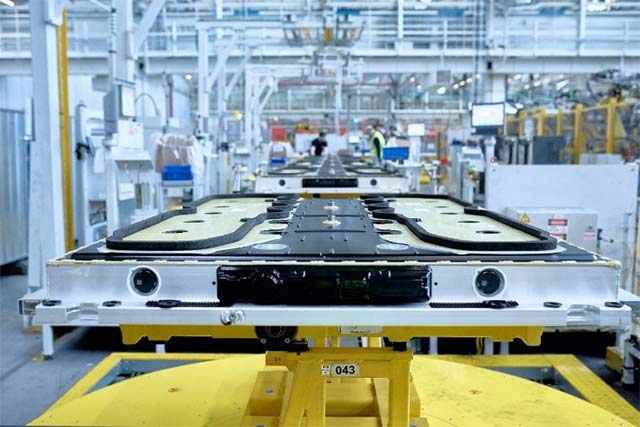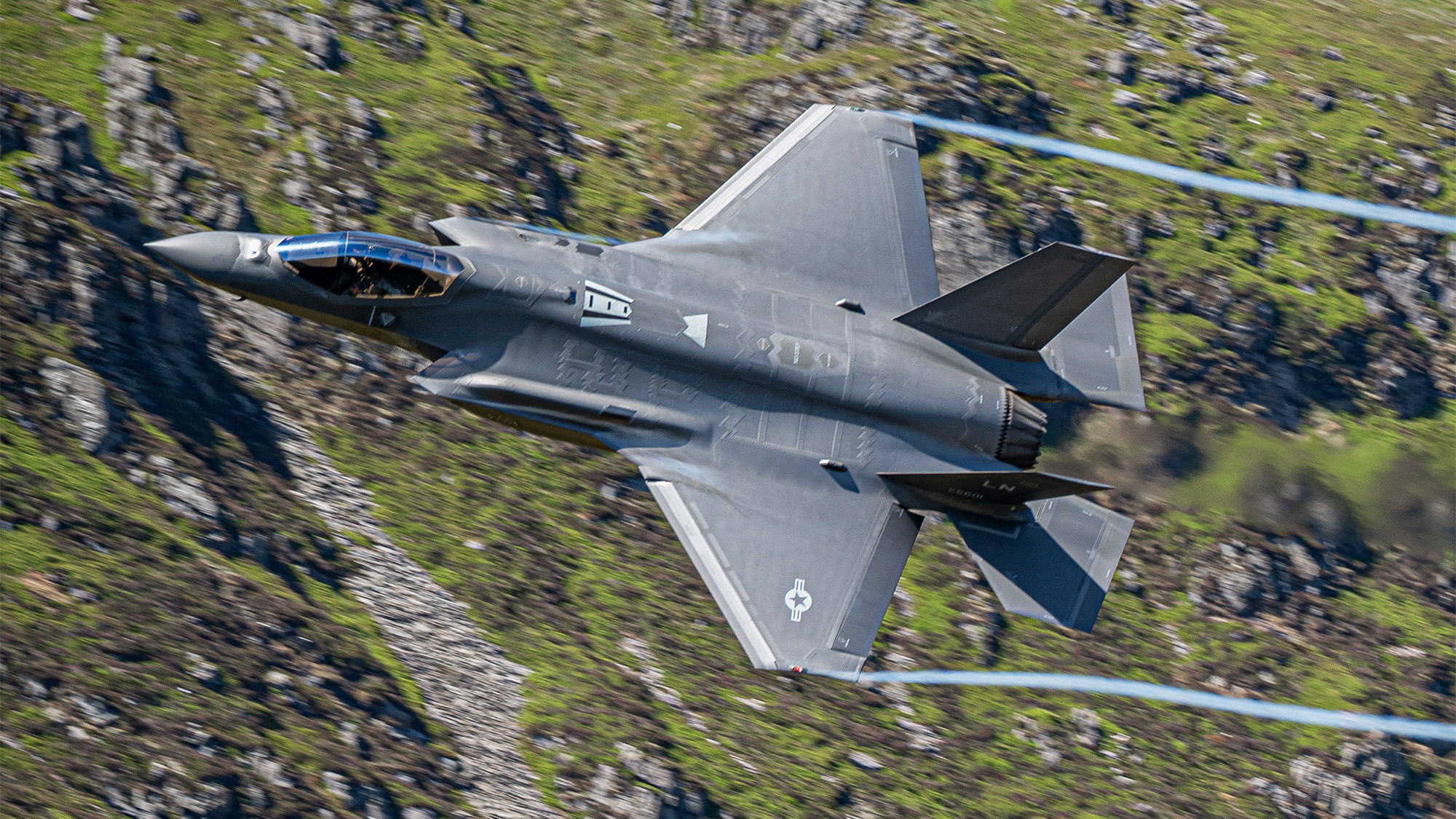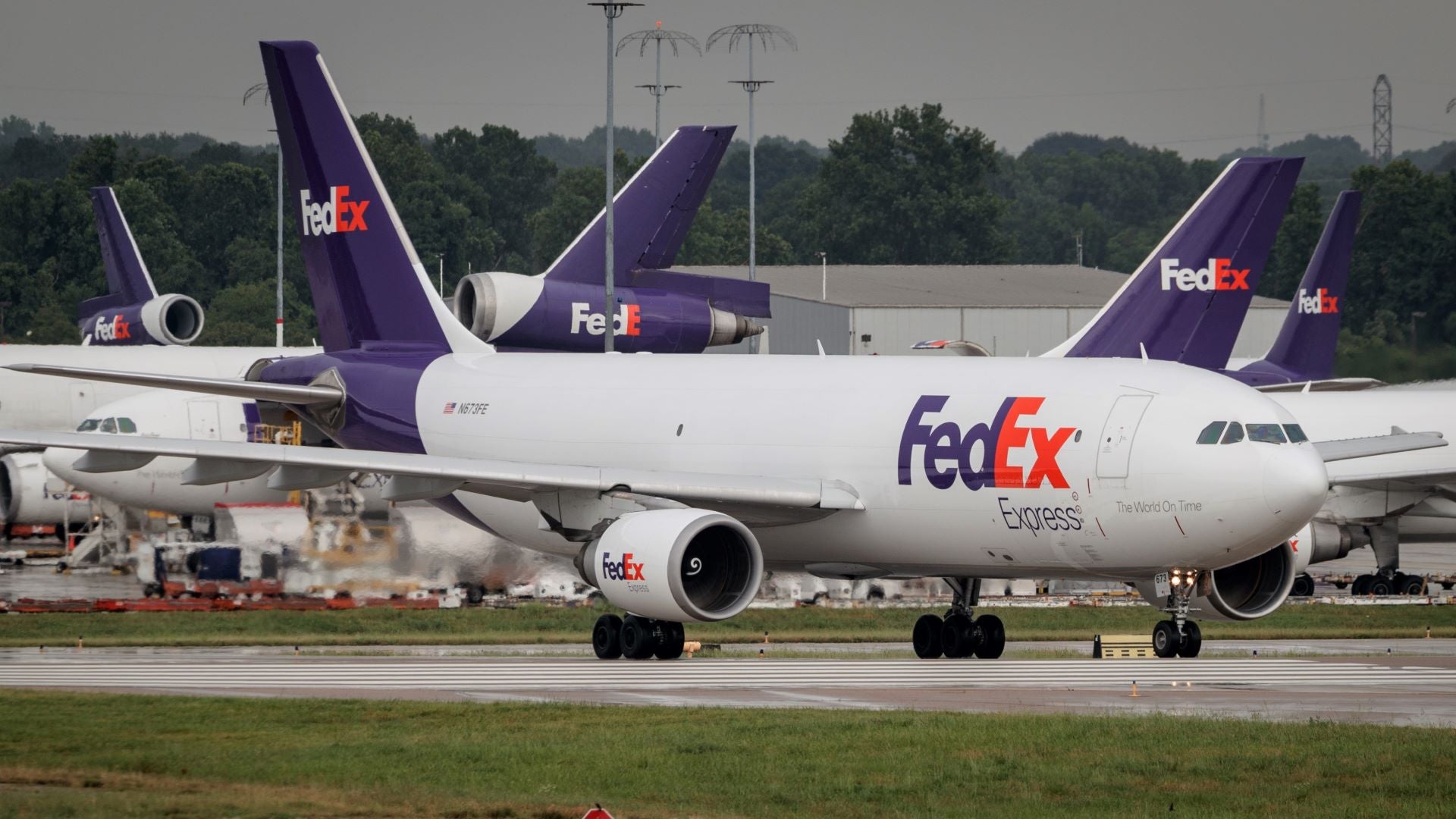Why Some Carriers Stay Small on Purpose — and How That’s Still Growth
Everybody talks about scaling. More trucks, more drivers, more freight. But here’s the uncomfortable truth nobody wants to say out loud: Not every carrier is built to scale — and not every carrier should. Because growth isn’t always about adding trucks. Sometimes growth looks like refining your lanes, raising your rates, tightening your operations, and […] The post Why Some Carriers Stay Small on Purpose — and How That’s Still Growth appeared first on FreightWaves.

Everybody talks about scaling. More trucks, more drivers, more freight. But here’s the uncomfortable truth nobody wants to say out loud:
Not every carrier is built to scale — and not every carrier should.
Because growth isn’t always about adding trucks. Sometimes growth looks like refining your lanes, raising your rates, tightening your operations, and taking home more by doing less.
That’s not staying small. That’s growing intentionally.
Let’s unpack what that really means — and why the smartest carriers in the game are the ones who grow by design, not by default.
The Illusion of “Bigger Means Better”
In this industry, the moment you get that first truck paid off, the pressure starts:
- “When are you adding your next one?”
- “Are you still dispatching yourself?”
- “You gotta scale to survive, bro.”
The advice sounds legit — until you look under the hood.
Ask those same people what their operating ratio is. Ask what they’re clearing after fuel, payroll, repairs, insurance, and factoring. Ask them how many nights they’ve been up at 2 a.m. because a driver no-called, no-showed at a 4 a.m. shipper.
Here’s what they won’t tell you: adding trucks multiplies complexity. If your foundation isn’t locked in — your SOPs, your cash flow, your client relationships — every truck you add becomes a liability, not a profit center.
Staying Small Doesn’t Mean Thinking Small
Let’s make something clear: choosing to stay small is not a sign of fear — it’s a sign of focus.
Real-World Example:
Carrier A: One truck. No debt. Three steady customers. Grosses $325K/year. Net profit: $135K after expenses. Home every weekend. Healthy savings. Zero driver headaches.
Carrier B: Eight trucks. Five drivers. Two in the shop. Grosses $1.1M/year. Net profit: $78K. Payroll pressure. Fuel card abuse. No time to breathe.
Now you tell me — who’s really winning?
The owner who controls their time, their profit, and their peace of mind. That’s real growth.
Redefining Growth in Your Business
Growth isn’t just about adding trucks. Let’s talk about the growth that actually moves the needle.
- Profit Growth – If you’re clearing 40% net on $300K revenue, that’s more powerful than 10% net on a million.
- Operational Growth – You’ve cut deadhead. You’ve locked in repeat lanes. You know your break-even down to the mile.
- Customer Growth – You’ve shifted from load boards to relationships. You’re getting inbound freight calls, not chasing rate cons.
- Lifestyle Growth – You’re not driving yourself into burnout. You’re not robbing your health or family time to feed freight that barely breaks even.
You don’t need a second truck to achieve that. You need discipline and intention. That’s it.
How to Grow Without Adding a Single Truck
Let’s get tactical. Here’s how you grow without touching your fleet size:
- Drop your Operating Ratio Below 85% – Track weekly expenses. Know what every mile costs. If you’re above 90%, you’re not growing — you’re bleeding.
- Eliminate Waste – Cut subscriptions you don’t use. Refuel strategically (IFTA matters). Chase profit, not miles.
- Raise Your Rates Intelligently – Know your break-even per lane. Quote with confidence. Anchor your rates in your numbers, not someone else’s post.
- Build Stronger Customer Relationships – One solid direct customer is worth five broker loads. Pick up the phone. Show up on time. Communicate. That’s how contracts happen.
- Automate the Back Office – Use a simple TMS. Create invoice templates. Outsource what slows you down — bookkeeping, compliance, etc.
All of this = growth. But the kind you won’t see on Instagram.
When It Is Time to Add a Truck
Let’s be clear: growth can mean scaling — when you’re ready.
Ask yourself:
- Are my lanes repeatable and profitable?
- Can I train a driver to run them consistently?
- Do I have three months of expenses saved?
- Are my systems and SOPs documented?
- Do I have a backup plan for breakdowns, dispatch, and payroll?
If you can’t answer yes to all of those — pause. If you can? Add that truck. But do it on purpose, not on pressure.
Final Word
There’s no one-size-fits-all model in trucking.
Some carriers want 10 trucks and a terminal. Some just want to be home Friday night with $2,000 net in the bank and no stress hanging over their head.
Both are valid.
But if you’ve got a small operation and you’re profitable, efficient, and in control — don’t let anyone make you feel like you’re not growing.
You are. You’re growing in margin. You’re growing in reputation. You’re growing in mastery.
And that kind of growth? That’s the kind that lasts.
The post Why Some Carriers Stay Small on Purpose — and How That’s Still Growth appeared first on FreightWaves.









